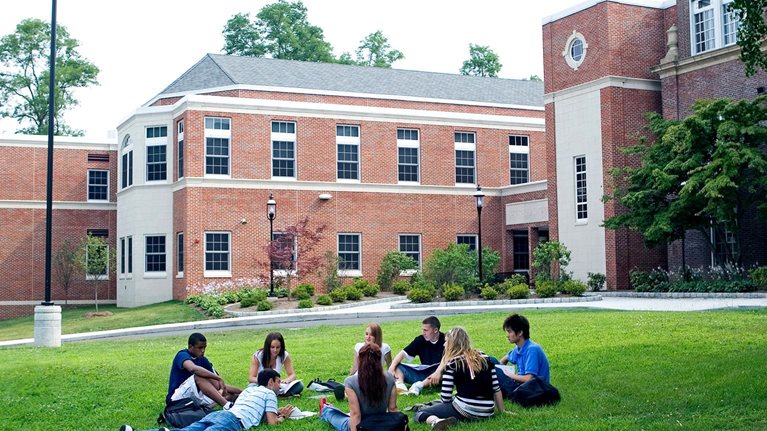Presidential transitions can be a pivotal time for higher education institutions and their new leaders. During incoming presidents’ first six to 12 months, they are setting up the institution for the next phase, determining how to build on its identity and unique strengths. They are also establishing themselves and what kind of leader they will be. These early moments could have repercussions throughout their tenure—including on their ability to be effective in the role and help the university deliver on its mission.
The pace of these leadership transitions in universities is accelerating. More than one-third of institutions are estimated to have had a change in leadership over the past four years.1 And according to a recent study, college presidents served an average of 5.9 years in 2022 compared with an average of 8.5 years in 2006.2 Activity can slow and stagnate during periods of transition, or a transition can be an opportunity to reinvigorate momentum. Getting this right is more important in an increasingly complex environment: rising student debt, declining enrollment, growing financial challenges, racial disparities, gun violence, natural disasters, and geopolitical volatility are just some of the hot-button issues university presidents may have to navigate. It’s important for incoming presidents to lay a solid foundation and take calculated, but quick, first steps toward progress.
To read the full article, download the PDF here.


